Spring is in the air. Finally! That means our thoughts naturally turn to all of the great outdoor activities we’ll be doing soon. For many of us, that includes working in the garden. While it may be a bit too early to plant much outdoors this month, it’s definitely time to start planning our spring garden. What worked well for you last year? What didn’t quite come out as you planned? It’s good to think of these things, but maybe this will be your first year gardening. Whatever your experience level, we’ve provided some suggestions for the best plants for your Salt Lake spring garden. Get growing and let us know how it goes!
1. Pig Squeak
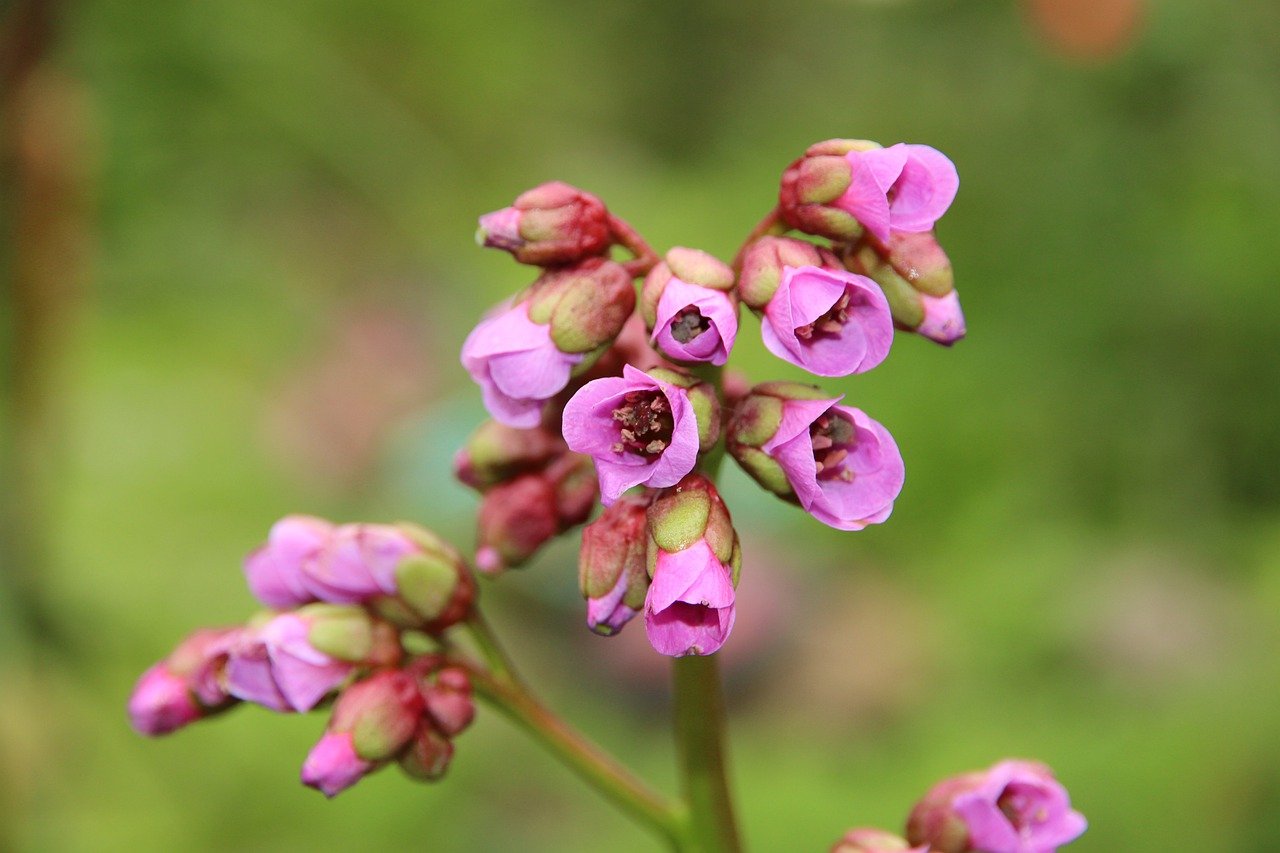
Pig squeak is a cute nickname for the Bergenia cordifolia. This colorful plant does quite well in gardens in Salt Lake. The plant features dark pink blooms in the spring and its leaves turn a purplish hue as the season extends into fall. That’s why it is also known by the nickname Winterglow. The plant does well in both the shade and full sun but will need more watering with full exposure. The plant looks great alone or in groups of five or more. The leaves grow as long as one foot from the stalk and they become more glossy as they spread. If you rub them with your fingers, you’ll hear a sound like a pig squealing, thus the name pig squeak.
2. Daisies
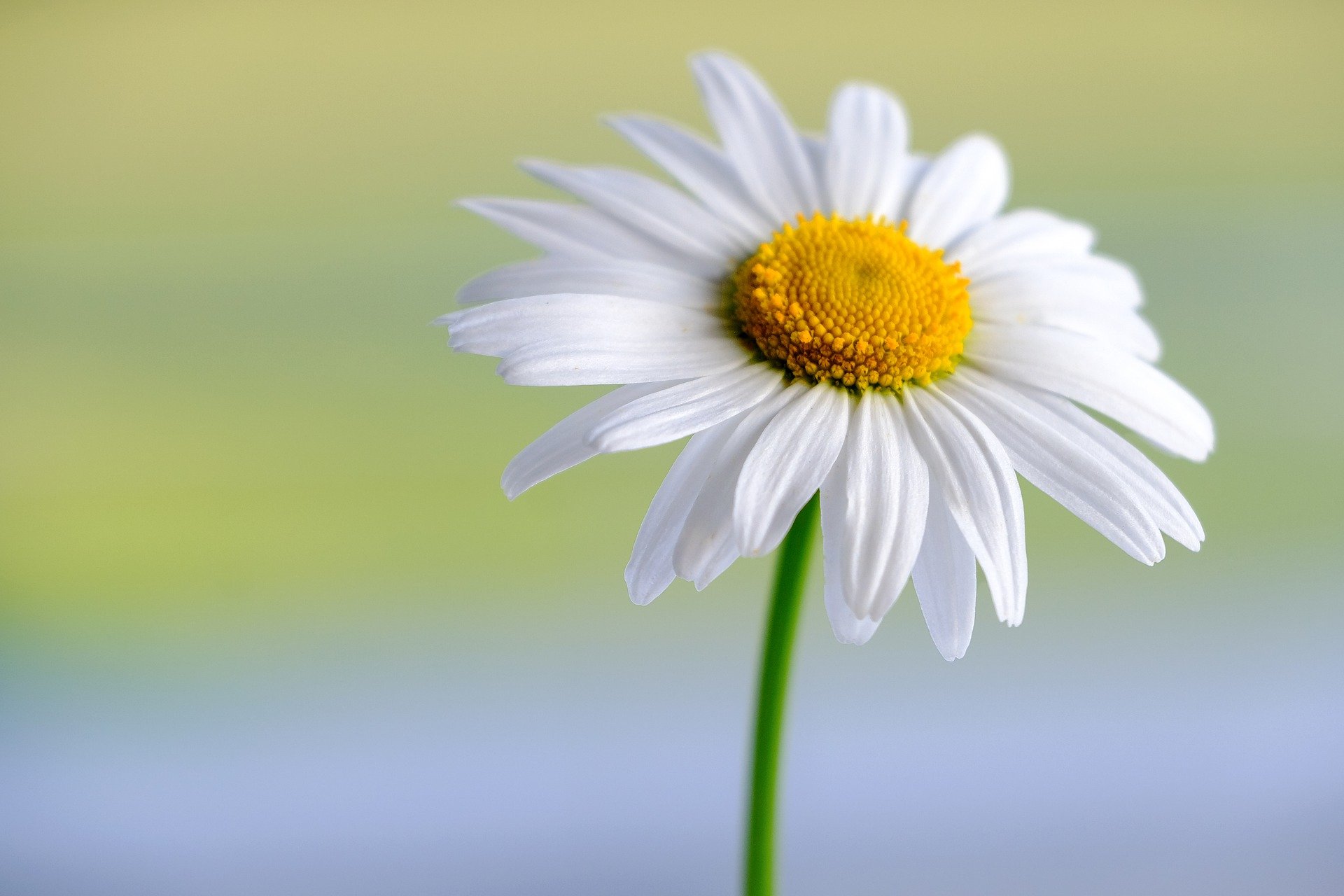
Daisies produce strikingly gorgeous flowers with rosettes of thin white petals surrounding a dark brown or bright yellow floral disk. These blooms are supported by one stem that groups from a cluster of dark green rounded leaves. It’s frequently cultivated in lawns, gardens, prairies, or hillsides. These flowering plants usually emerge in late spring and continue blooming until early fall.
Zinnias are a type of daisy. There are a few varieties common to the Salt Lake area. For example, zinnia elegans do well here and come in almost every color imaginable (except blue for some reason). Z. linearis is growing in popularity (pun intended, of course) and the
Z. haageana or Mexican zinnia is a less common variety that grows at tall as 15 inches and features bi-colored flowers.
3. Bear’s Breeches
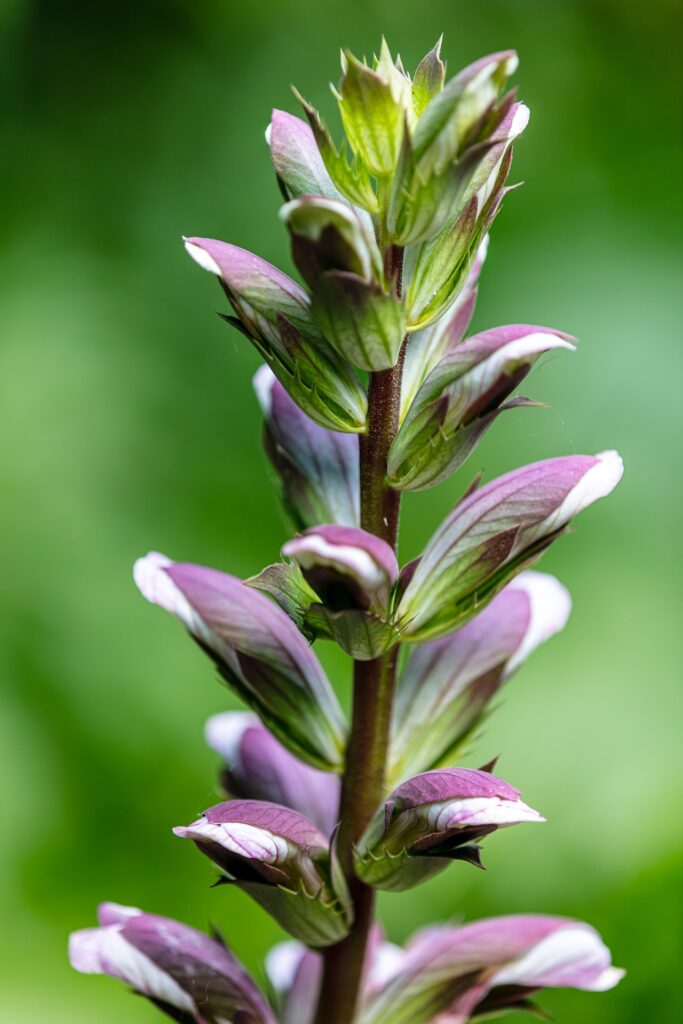
When it comes to tall, attractive, and eye-catching flowers, the Bear Breeches is a perfect choice. These large perennial plants with tall spikes of flowers and glossy green leaves immediately become the center of attention of any garden. They are usually used as architectural plants and can be grown for their foliage alone or the flowers.
Bear Breeches are known for their big, coarse leaves, which add a sculptural form to woodland gardens. These plants can be described as white flowers that grow on three to six-foot-tall flower stalks and are hooded by beautiful purple bracts.
4. Dutchman’s Breeches
Dicentra cucullaria, or Dutchman’s breeches, is a wildflower found throughout North America. The breeches nickname is inspired by the flower which looks like a pair of inflated trousers hanging upside down. Apparently, they look like a pair of Dutch trousers. These plants make a great addition to any spring garden in Salt Lake. They add a distinctive look thanks to the blooming flower but also to their fern-like foliage
5. Creeping Buttercup
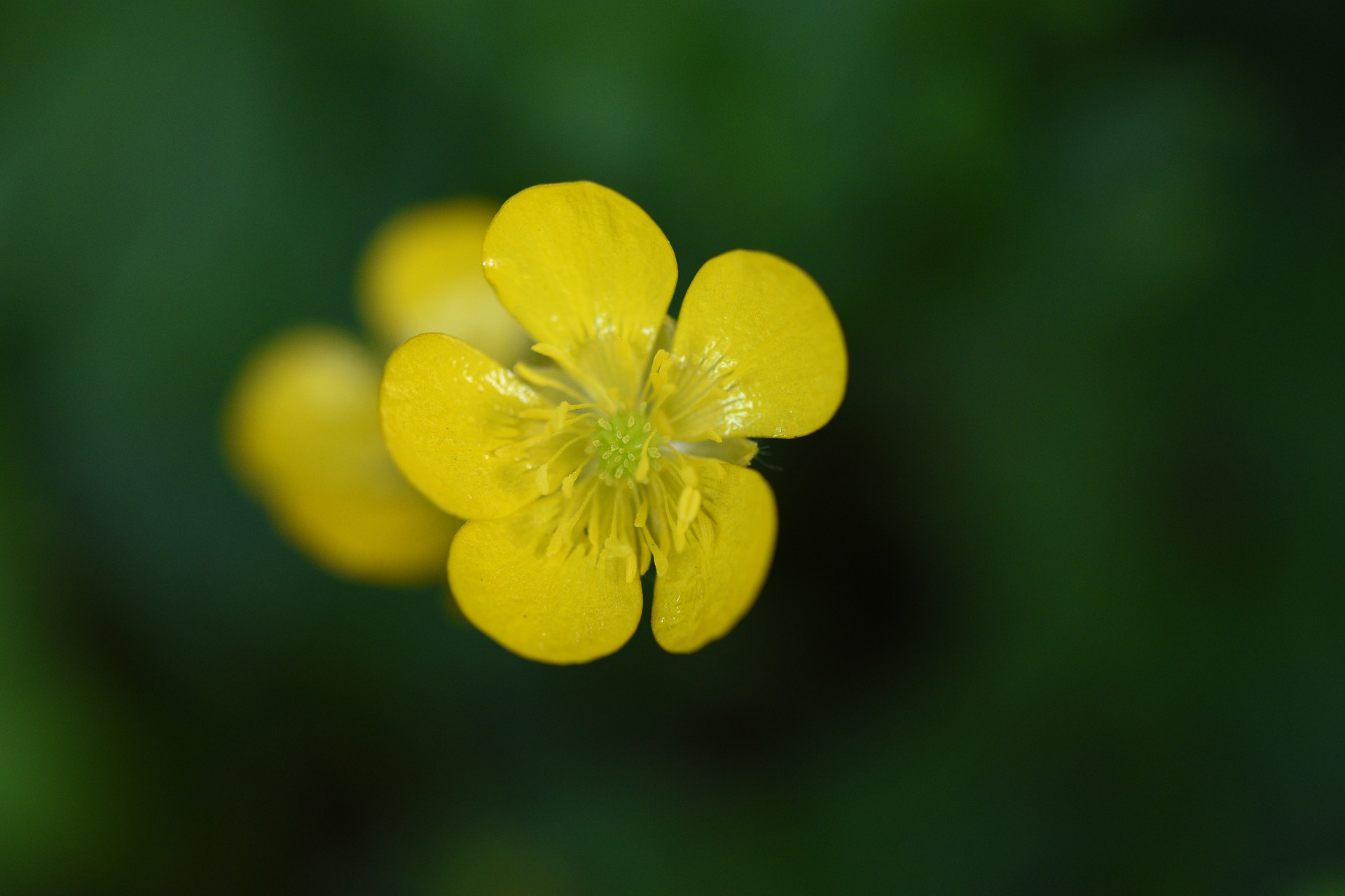
The Creeping Buttercup, also known by its scientific name ranunculus repens, is easy to grow. Some gardeners may consider this plant a weed, but its hardy nature makes it a good choice for gardens where incidental foot traffic can occur. It adds a nice touch of yellow against dark shiny green leaves. Creeping buttercup is a perennial so it’s good to plant a bunch in an area of the yard or garden and forget about it until it blooms in the spring when it forms a dense ground cover.
6. Moss Phlox
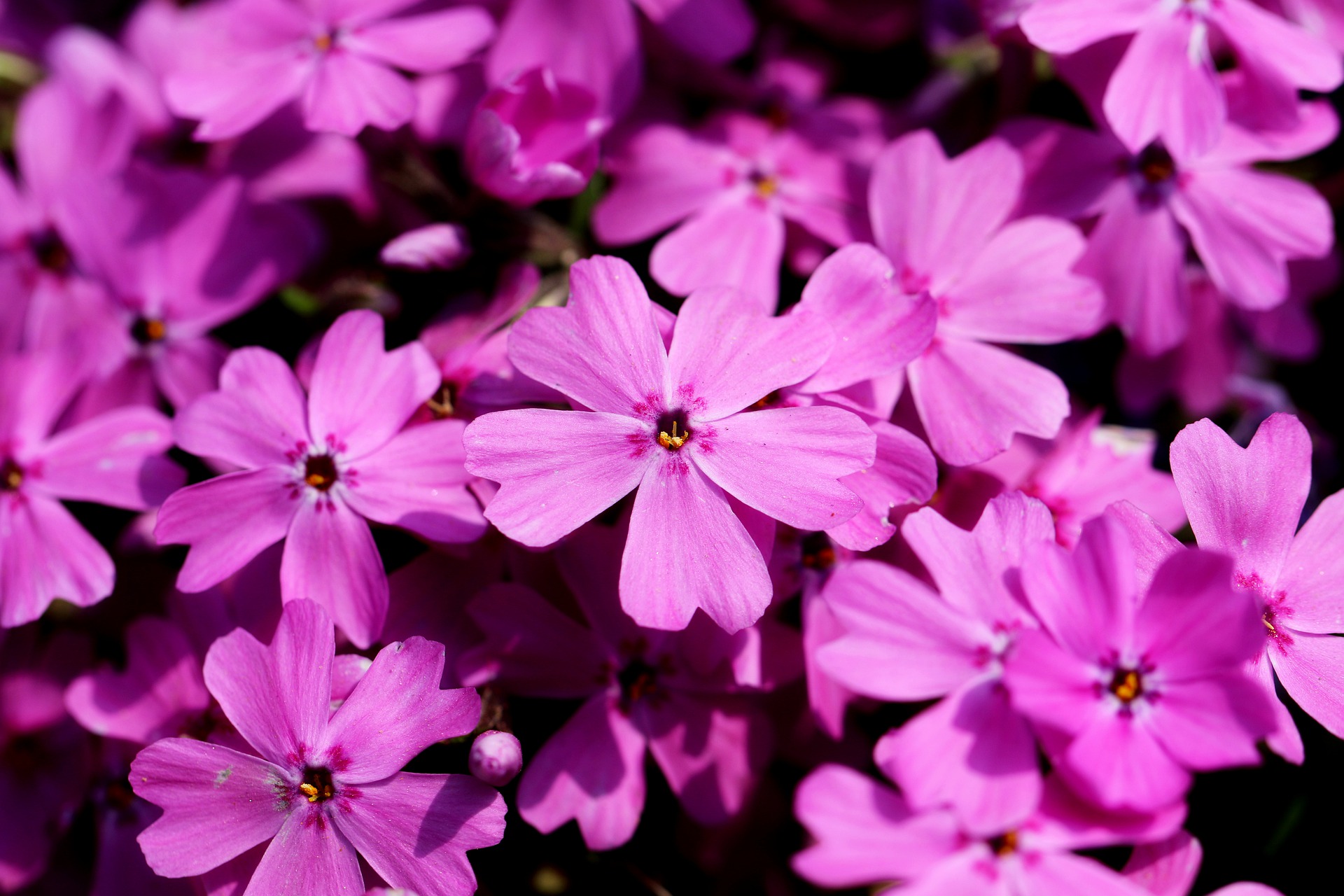
Moss Phlox sounds like a name straight out of the Star Wars series but is a beautiful plant that generates violet-purple blooms in the spring. Red, pink and white variations are also available. This flower is a perennial with narrow leaves that may keep their green color all through the winter. When it starts to bloom in April and May it forms a dense ground cover sporting colorful flowers. It’s a low-maintenance plant that does well in dry soil and on banks.
7. Candytuft
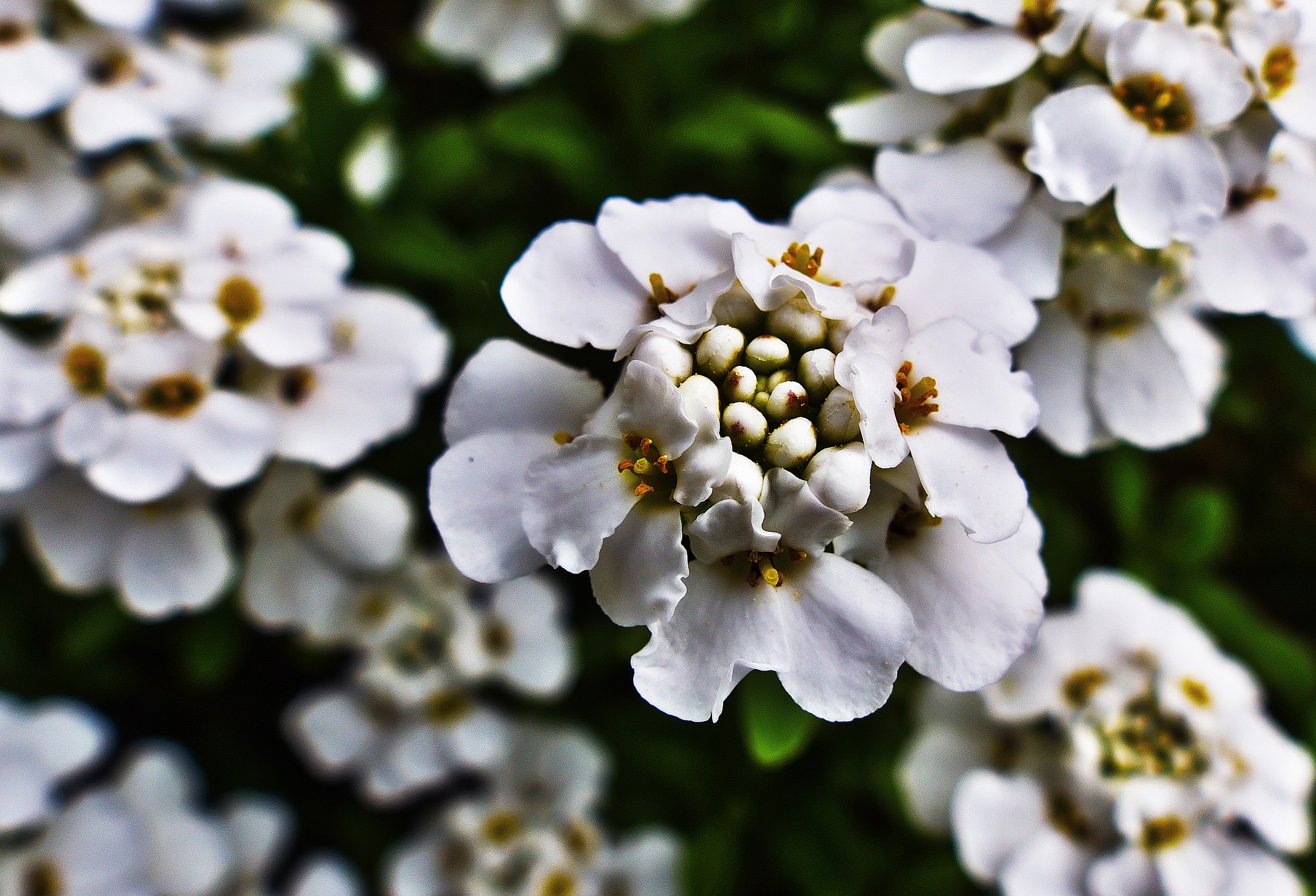
The Candytuft, or iberis sempervirens as it is more formally known, is a beloved spring flower. It does well in dry to moist soil and does well in the shade but prefers full exposure. This makes it a good choice for gardens in the Salt Lake area with the foliage keeping green throughout the winter months. The Candytuft blooms in the spring and summer but offers a bonus blooming in the fall as well. It also does well in gravely soil which makes it a good choice for rock gardens.
8. Adam’s Needle
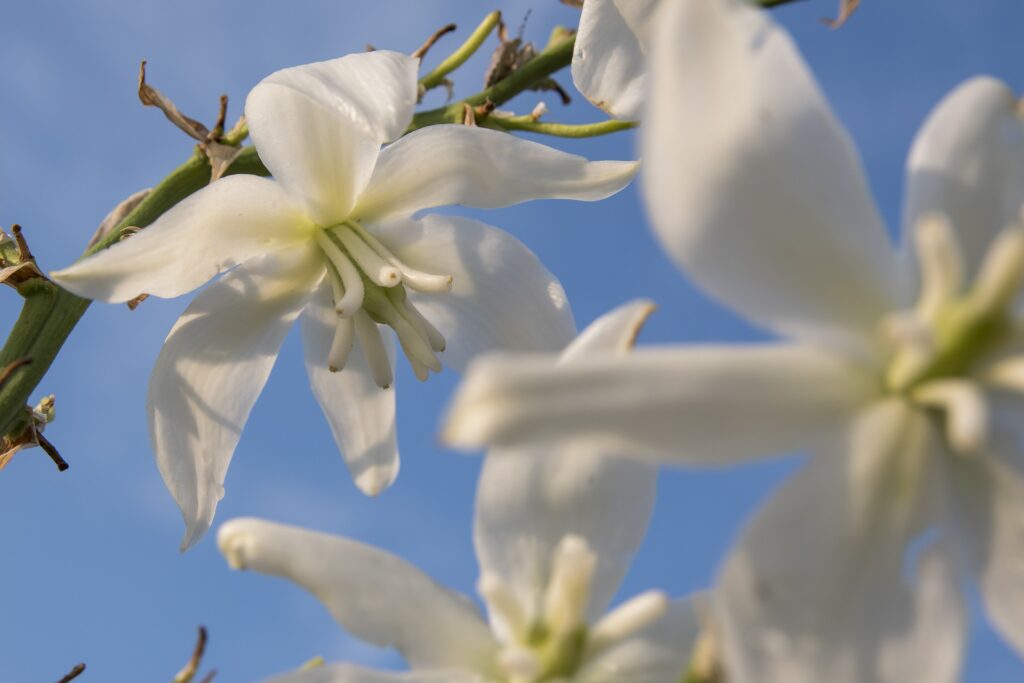
For those looking for cacti and succulent plant that is easy to maintain, the Adam’s Needle is a great pick. Adam’s needle is a slow-growing broadleaf evergreen shrub found in dry landscapes, including Utah. It’s a yucca plant within the asparagus family. During the spring, the plant will send flower stalks up the center of the foliage, which may double the height of this plant.
Many identify Adam’s Needle with its sharp sword-shaped dark green leaves and a flowering stake with white flowers in the center. These yucca plants are great as an ornament piece to your garden that stands alone away from other plants. Since the leaves are sharp and the plant spreads outward, it’s best to keep it two or three feet away from other plants. The Adam’s Needle is a hardy plant that can withstand diseases and insects and only requires basic care.
9. Dwarf Witch Alder
The Dwarf Witch Alder is a native shrub that is part of the Hamamelidaceae family. This plant can be characterized as a creamy white and honey-scented flower with beautiful mini bottlebrushes in the spring. Many recognize these plants for their white flowers that look similar to masses of stamen, mound-shaped shrub, and green foliage.
In early spring, gardeners can enjoy the sight of puffy blooms that last for weeks, which attract beneficial pollinators of all kinds. Even at mature stages, it grows to a compact 24 to 30 inches. Like many other spring plants, the Dwarf Witch Alder blooms between April and May. It’s also disease and insect resistant, so gardeners won’t have to worry about pesky insects. Make sure to add mulch to the plant to help conserve moisture.

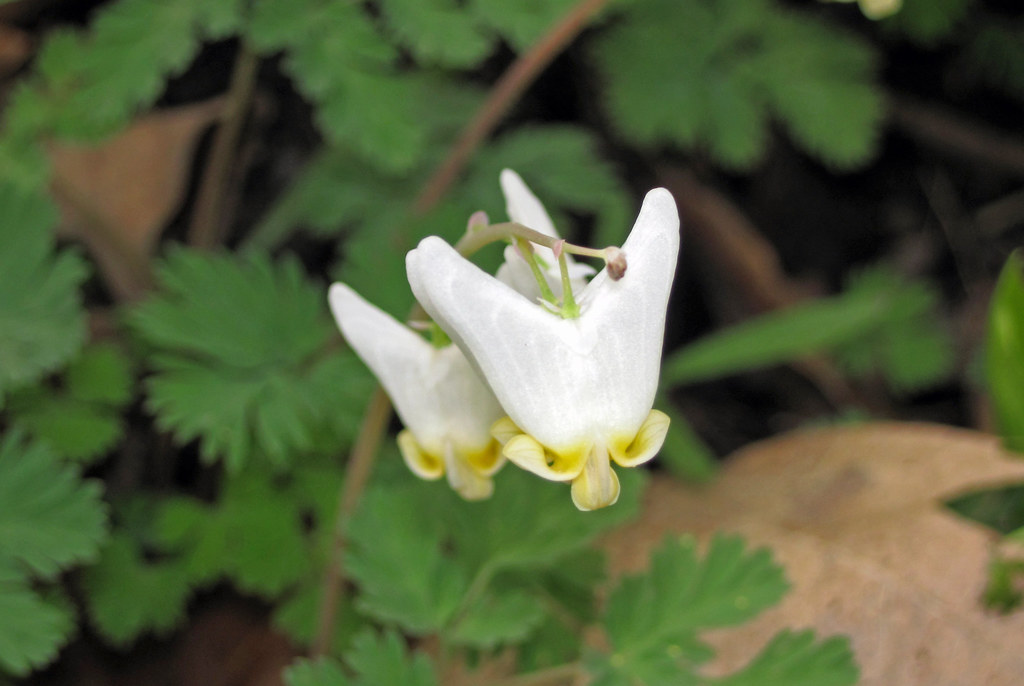
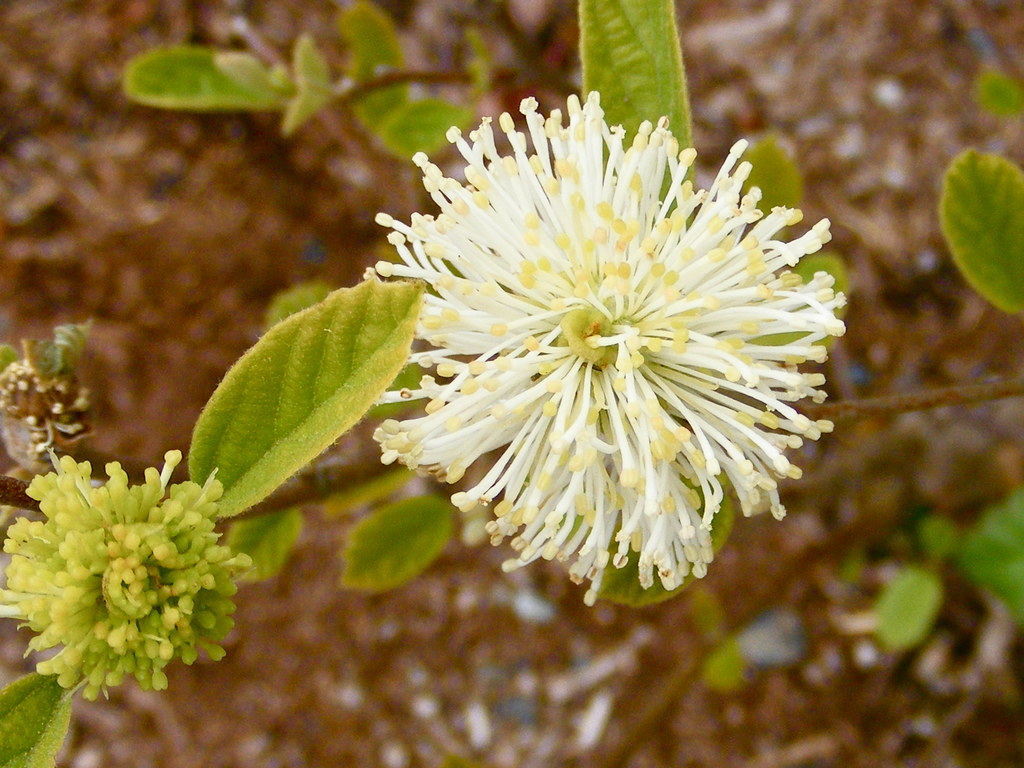

Leave a Reply